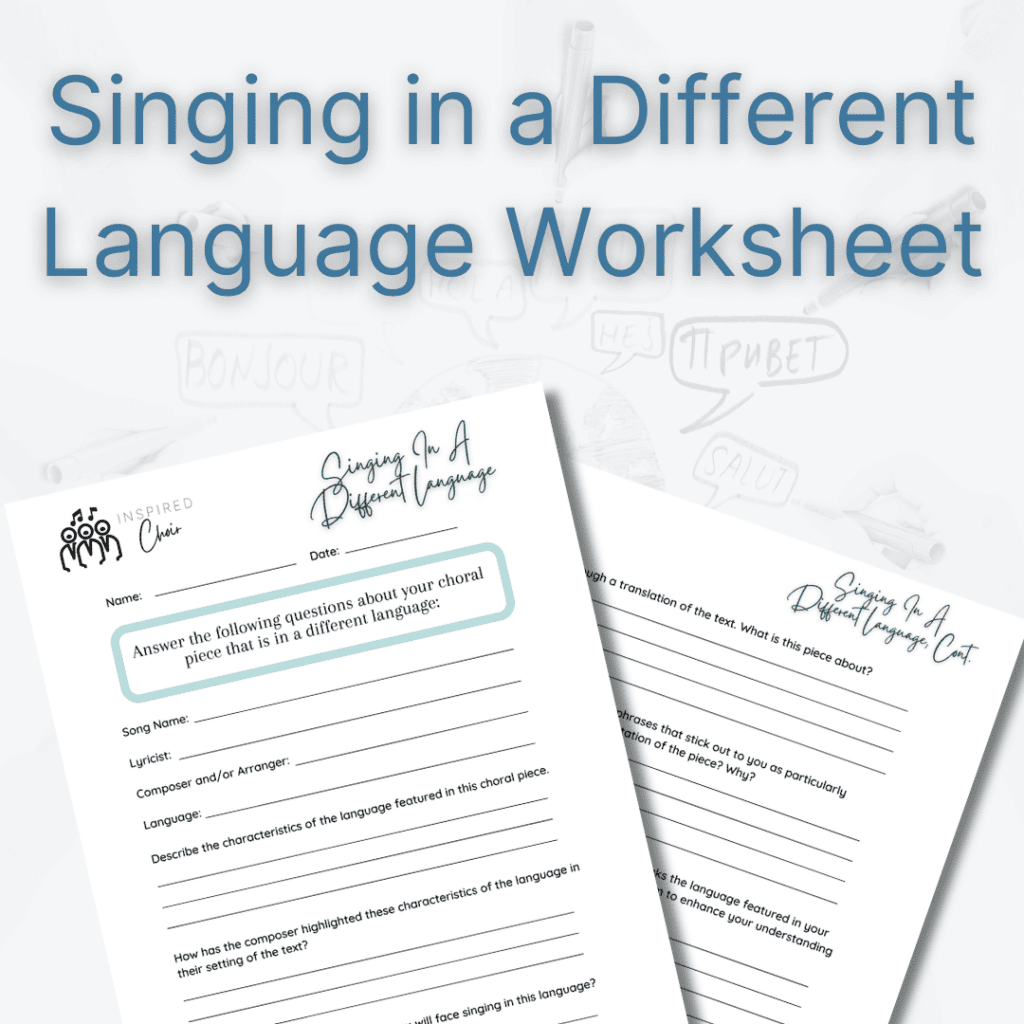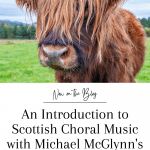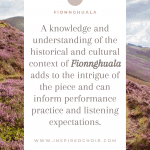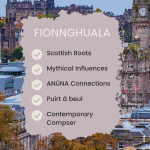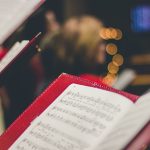An Introduction to Scottish Choral Music with Michael McGlynn’s Fionnghuala
The singers of our Bass Ensemble love a good challenge. When I asked them at the end of last year what they were interested in studying in the fall, several singers mentioned wanting to sing in more languages as they had enjoyed their Estonian, Polynesian, Latin, and French pieces last year. So when I came across Michael McGlynn’s Fionnghuala I couldn’t resist. The performance by ANÚNA linked here is required listening before you read the post, in which I share the following:
- All about composer Michael McGlynn
- An introduction to vocal group ANÚNA and their work
- Scottish influences in Fionnghuala
- Who is Fionnghuala?
- Fionnghuala Teacher Resources
- …and so much more!
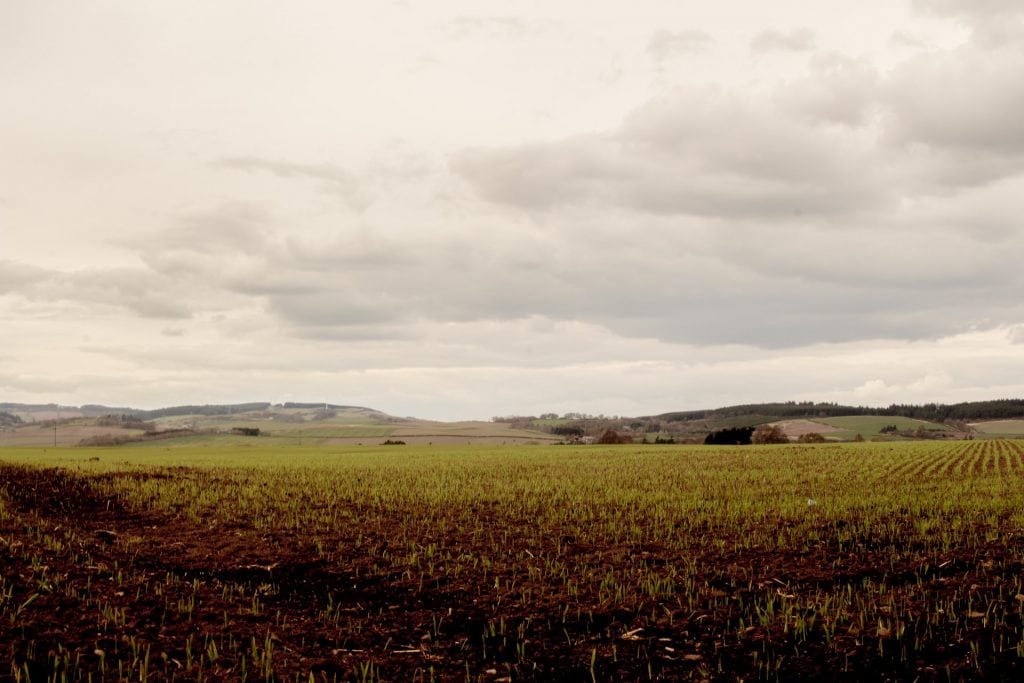
Get to Know Fionnghuala
A knowledge and understanding of the historical and cultural context of Fionnghuala adds to the intrigue of the piece and can inform performance practice and listening expectations. Below, I discuss the work of composer Michael McGlynn, the work of the choral group that debuted this arrangement, the traditional Scottish roots underlying this piece, and the story behind the name.
Featured Composer: Michael McGlynn
Irish composer Michael McGlynn is known for his settings of Irish texts, fusions of modality, chordal clusters, and tone colors influenced by medieval Irish music. A graduate of University College Dublin and Trinity College, McGlynn founded the Irish choral group ANÚNA (discussed below) in 1987.
In addition to producing and recording seventeen albums with ANÚNA, McGlynn’s work has been commissioned and performed by ensembles around the world. When not composing for choirs, he has worked as a musical director, film maker, tenor soloist specializing in early music repertoire, and collaborator with everyone from The Wiggles to Sheryl Crow.
Below are some of McGlynn’s most well-known compositions for choirs:
- Dúlamán – an intense and driving traditional Irish working song that creates characters of Gaelic seaweed. Arranged for SAA, TBB, and SAB.
- Incantations (From the Celtic Mass) – a quick energetic piece that combines Irish natural imagery with an “Alleluia.” Arranged for mixed and treble voices.
- Maalaulu – starting with a gorgeous soprano solo, this Earth Song released in 2021 combines traditional Finnish text with English and Irish Text by McGlynn in an SATB arrangement.
ANÚNA
In 1987, composer Michael McGlynn assembled An Uaithne, the vocal ensemble that eventually came to be known as ANÚNA. He derived the name from three types of ancient Irish music: the lullaby (Suantraí), the happy song (Geantraí), and the lament (Goltraí).
Since 1987, the group has performed around the world, becoming well known in 1994-1996 for their involvement with Riverdance. They have recorded 18 albums and have appeared on TV, in movie and video game soundtracks, and in live concerts and festivals as an ensemble and with a variety of entertainers.
ANÚNA generally performs live with twelve singers, although they have close to 30 active members in the group. McGlynn composes all of their repertoire, with an emphasis on medieval Irish song reconstructions and traditional arrangements.
Because Irish music does not have a deep-rooted tradition of part singing, the ensemble focused their sound as a group on freedom and blend between classical and non-classical genres. The members of ANÚNA pride themselves on their work as an ensemble and their education and outreach program that has brought their technique and sound around the world.
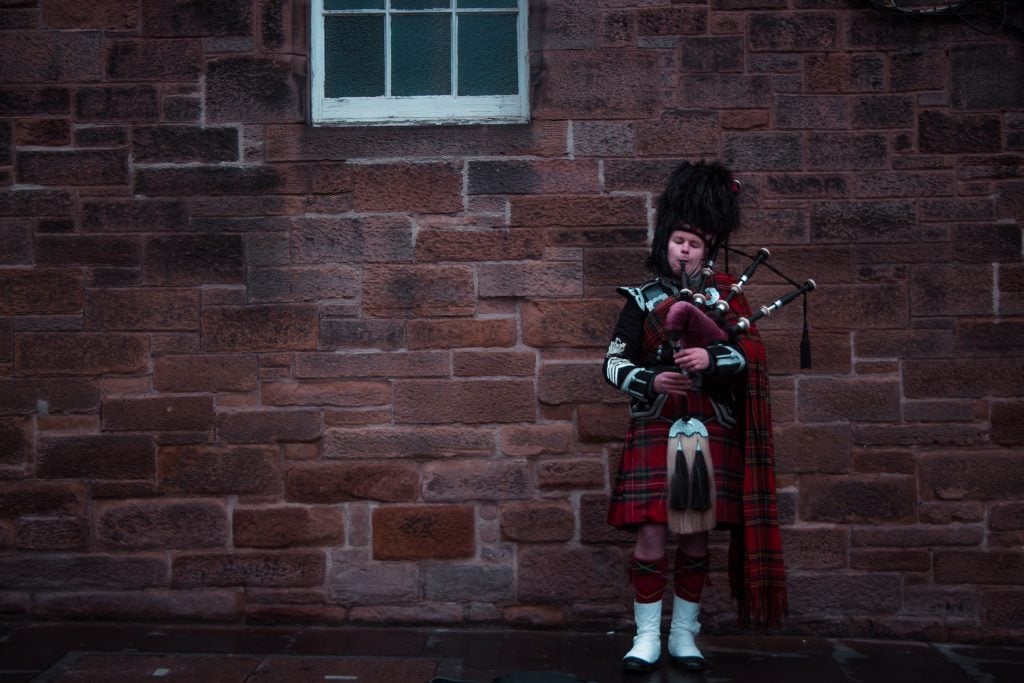
Traditional Scottish Roots
This fall, my ensembles and I will be exploring the idea of “Roots” through our repertoire. The study of Fionnghuala and its cultural and historical context will allow our bass ensemble to examine Scottish roots.
Traditional Scottish music is integral to Scottish society, with bagpipers often found piping in the streets, and pubs filled with fiddlers, folk singers, and dancers. With traditional music festivals in the country year round, it is easy to hear musicians playing Scottish tunes on fiddle, accordion, pipes, guitar, and Clarshach (Scottish harp).
Originally a working song used to motivate poor Scottish workers and raise their spirits, Fionnghuala is an example of puirt á beul, a traditional form of song native to Scotland. Literally translated as “tunes from a mouth,” composers utilizing the form would set Gaelic lyrics to instrumental tune melodies in order to accompany dancing when no instruments were present.
Often times, the composers construct the lyrics of puirt a beul pieces to emphasize the sound of the words more than their meanings. That helps to explain why the translation of Fionnghuala is rather confusing as it speaks of a blacksmith going courting, an island of bothies, and knocking spots off birds.
As I have discussed in many other posts, the key to performing folk music is listening. Not only will we be listening to the ANÚNA recording, we will also be listening to the Bothy Band’s 1977 performance of Fionnghuala. The performers in both of these recordings show an effortless interpretation of the piece, allowing the words to flow and the rubato-like nature of the solo contrast the march-like nature of the chorus.
Who is Fionnghuala?
In addition to the use of Scottish Gaelic, Fionnghuala reveals its Scottish roots through its simple melody, strong (some might say bag-pipe-like) harmonies, illusion to Scottish mythology, and use of puirt á beul.
The namesake of this piece is Fionnghuala of the Irish mythical tale “The Children of Lir.” In this story, Fionnghuala is the eldest child of Lir. She and her three brothers were cursed and became swans for 900 years. During their first 300 years, they lived on a lake where they comforted their father, grandfather, and any other listeners with the music of the fairies. You can read a summary of the full story here.
The line that references Fionnghuala in the text translates to “Islands of bothies, of bothies, of Fionnghuala’s bothies.” A bothy was a farm shelter, often located in remote locations, that was left unlocked and available to anyone who needed it free of charge. So perhaps the line is referencing the the comforting music that Fionnghuala played for her father and grandfather as a shelter or safe space.
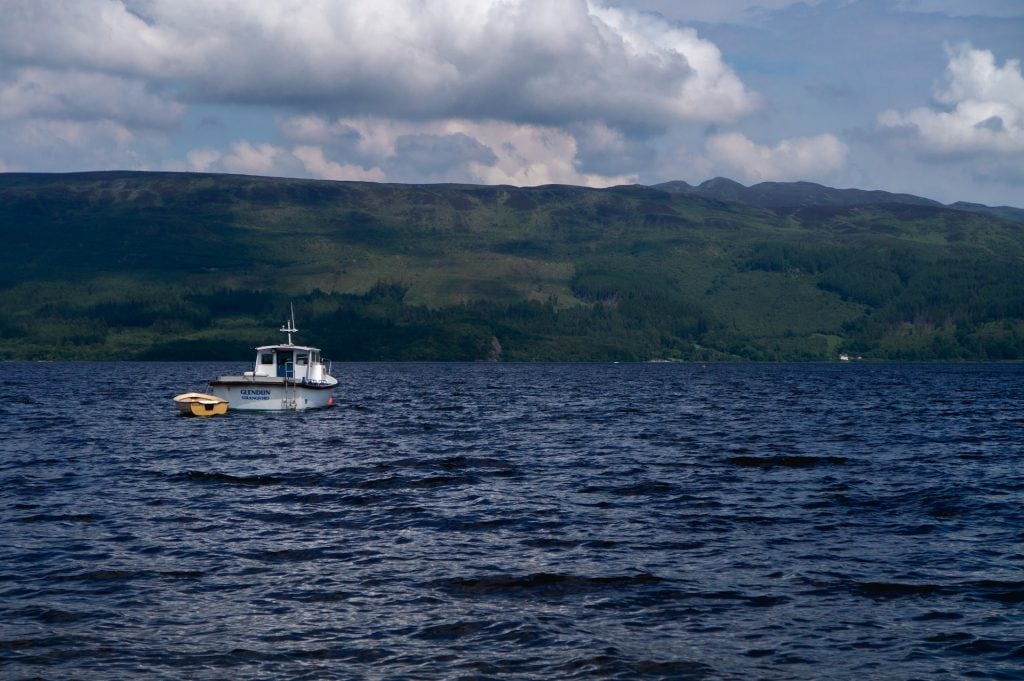
Complimentary Pieces
Want to listen to other pieces like Fionnghuala? Or planning a concert and need some programming ideas? Here are a few complementary pieces!
Enjoying the Traditional Scottish vibe?
- Eoin Conway has arranged a gorgeous unaccompanied version of the Scottish folk song Wild Mountain Thyme for SSATBB with a tenor solo.
- I will never get over Jonathan Quick’s arrangement of Loch Lomond for SATB, SSAA, and TTBB. *Cue the dai dai’s!*
- Mike Wilson’s Scottish Blessings for unison/two-part with an optional third part is a nice introduction to Scottish tonalities for young singers. The addition of guitar and violin lock in the Scottish feel.
A few of the other “roots” themed pieces I’m pairing with Wanting Memories this concert cycle:
- Martin Schröder’s arrangement of Randy Dandy O
- Veljo Tormis’s Tantsulaul
- Susan Labarr’s The River
- The full “Singing Our Roots” program round-up
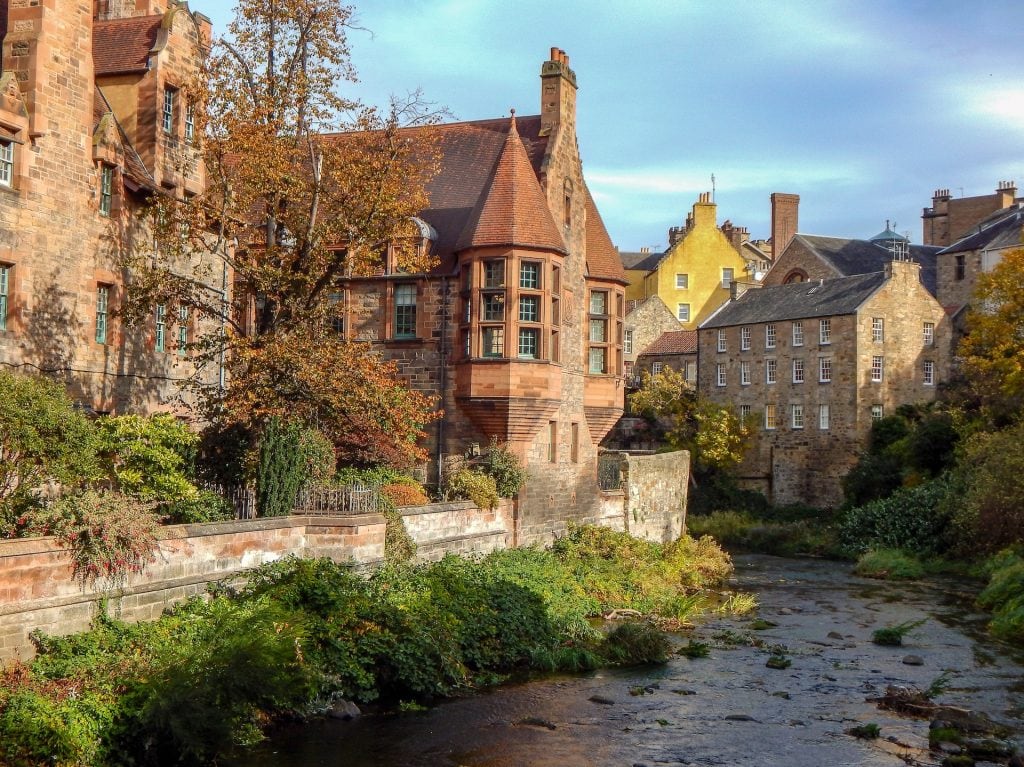
I’d Love to Hear from You!
Have you sung or conducted Fionnghuala with your choir? How did you approach the language? What was your interpretation of the text? What challenges did you encounter when learning or performing the piece? Let me know in the comments section below!
Fionnghuala Teacher Resources
Free Comprehension Worksheets
Choir Leaders! I have begun to include short comprehension worksheets with each Inspired Choir blog post. Each worksheet includes 5-6 knowledge-based questions about the post and concludes with a musical decisions/applications question. Use as a homework assignment, sub activity, listening challenge, or guide for conversation in class. Fill in the form below to receive a link immediately to all “Roots” Worksheets.
Fionnghuala Lesson Plan Bundle
Check out the Inspired Choir Shop for the Fionnghuala Lesson Plan Bundle. This bundle includes the following five minute lesson plans, all with connections to National Standards and SEL Competencies:
- Introduction to Changing Meter Lesson
- ANÚNA Listening Assignment
- Scottish Mythology Activity
- Puirt a beul Challenge
- Text Interpretation Guide
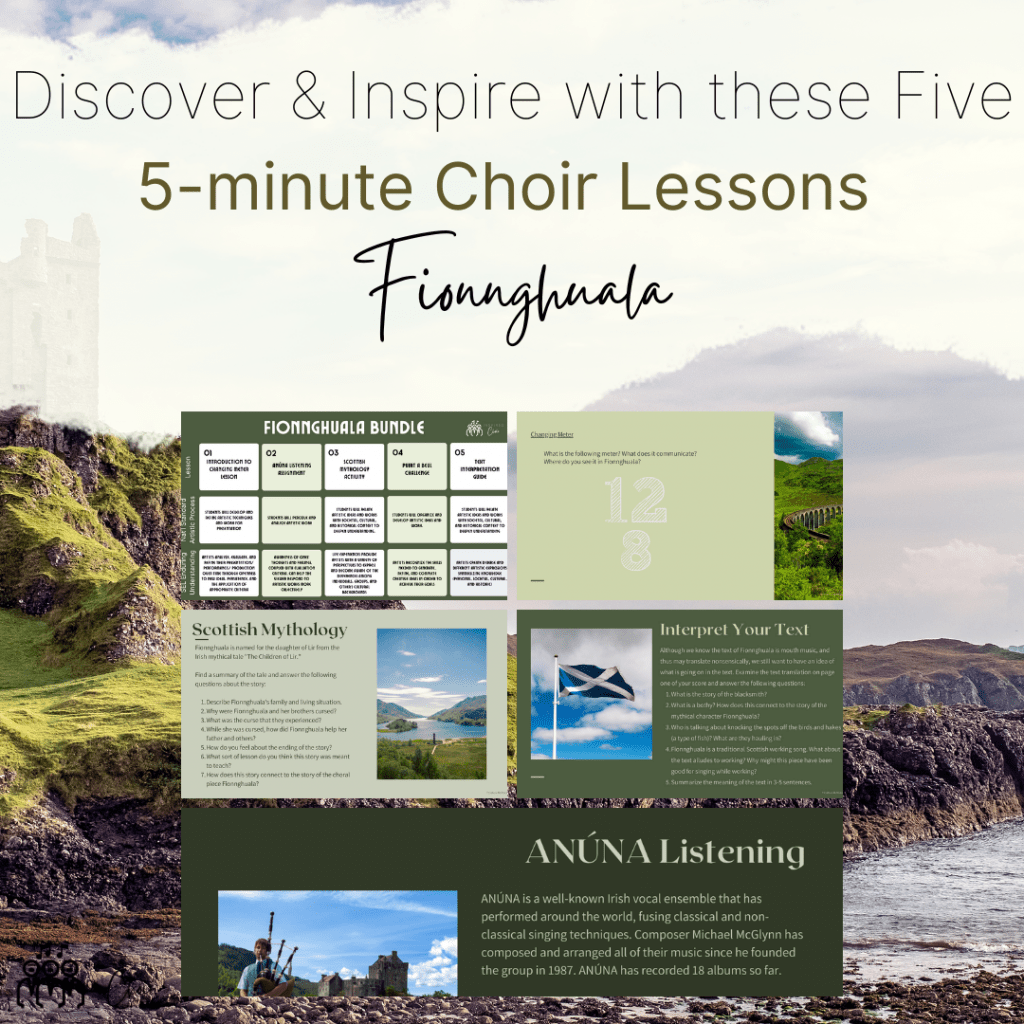
Singing in A Different Language Worksheet
Check out the Inspired Choir Shop for the Singing in A Different Language Worksheet. Utilizing this worksheet, singers will:
- Examine the characteristics of the language in which they are singing
- Consider the ways in which the composer has highlighted the language in their work
- Anticipate challenges of singing in the language
- Interpret the meaning of their piece
- Prepare their score with the appropriate annotations
